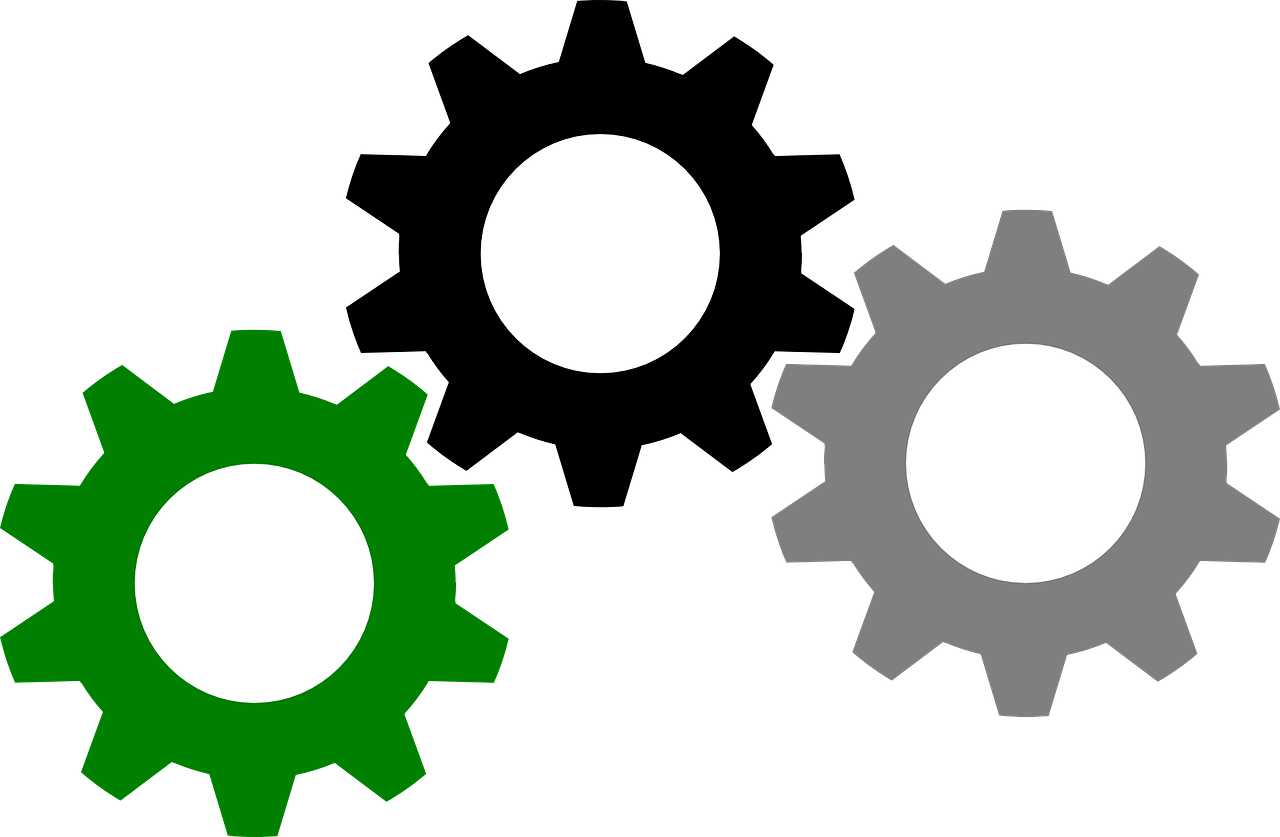 You probably have a process or system for many common things you do—like getting ready in the morning, going to work or school, or doing chores. Do you have a process for reading?
You probably have a process or system for many common things you do—like getting ready in the morning, going to work or school, or doing chores. Do you have a process for reading?
There are several reading systems used by college and high school students to improve their reading comprehension. The most common ones are SQ3R, KWL, and Cornell Notes.
SQ3R: SQ3R is a reading comprehension method developed in the 1940s to help college students read textbooks. The name stands for survey, question, read, recite, and review, which are the steps in the process advocated by this reading system. The steps cover what to do before, during, and after reading. Follow the links below for more information about this system.
KWL: KWL was designed to help students conduct research. The acronym stands for know, want, and learn. The system involves creating a graphic organizer—in this case a chart. The chart has three columns: what I know, what I want to know, and what I learned. Students answer the first two columns before doing research and the third column after the research is over. Follow the links below for more information about this system.
- Explanation of the KWL system
- YouTube video on KWL
- Videos of educators using KWL
- Blank KWL chart handout
Cornell Notes: Cornell Notes is a comprehensive note-taking system developed in the 1950s by a professor at Cornell University to help college students improve their study skills. The system involves creating a table with two columns. In the right column, which is the larger column, the student writes notes from a lecture or text. In the left column, the student goes back and writes key words, main ideas, or questions about the notes. Afterwards, the student reviews the notes and writes a short summary of the main ideas beneath the two columns. Follow the links below for more information about this system.
- Cornell University explanation of the Cornell Notes system
- YouTube video on the Cornell Notes system
- Cornell University handout on the Cornell Notes system
- The Learning Toolbox explanation of the Cornell Notes system
